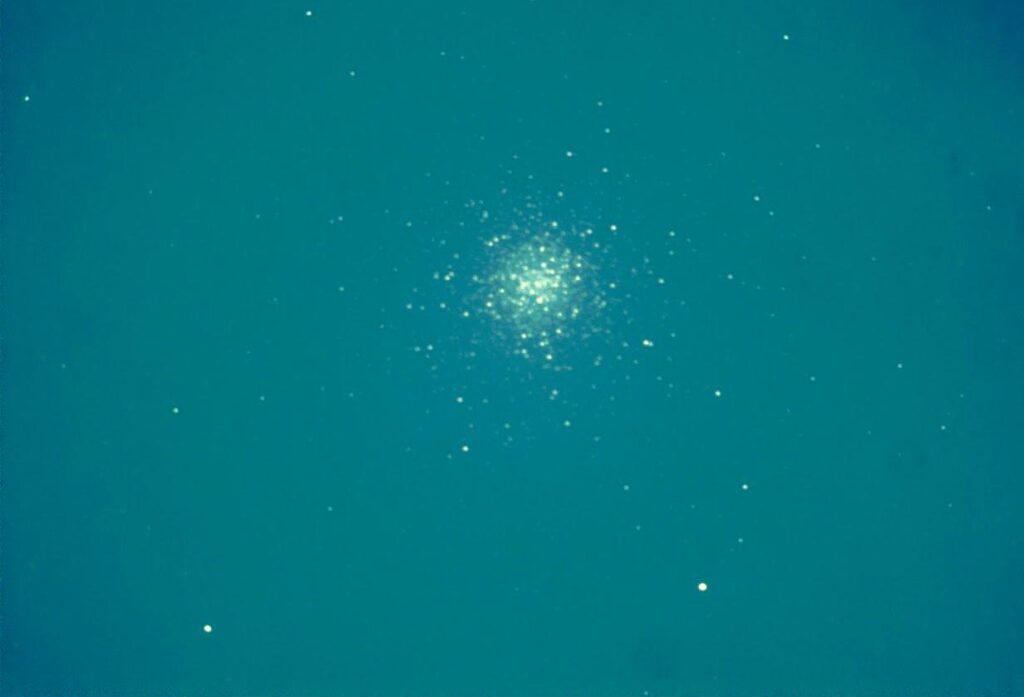Target: M3 – Globular Cluster in Canes Venatici
Date & Time: May 8, 2025 @ 9:00 PM PDT
Location: El Camino College Observatory
🧪 Imaging Setup
- Telescope: Celestron C11 Schmidt-Cassegrain
- Aperture / Focal Ratio: 280mm / f/10
- Camera: ZWO ASI294MC (Color CMOS)
- Capture Software: SharpCap
- Total Integration Time:15 minutes
- Exposure: 15 × 60-second subs
- Gain: 117
- Color Space: RGB24
- Output Format: FITS
- Mount/Tracking: [Optional autoguided or equatorial tracking]
📌 Target Info: M3 (NGC 5272)
- Type: Globular Cluster
- Constellation: Canes Venatici
- Right Ascension: 13h 42m 11s
- Declination: +28° 22′ 38″
- Distance: ~33,900 light-years
- Apparent Magnitude: 6.2
- Apparent Diameter: ~18 arcminutes
- Estimated Star Count: ~500,000
- Estimated Age: ~11.4 billion years
🌌 Image Characteristics & Analysis
- M3 is shown here with a bright, resolved core and a relatively well-defined periphery.
- Your image reveals a smooth gradient from core to halo, typical of non-core-collapsed globulars.
- The 15-minute stacked exposure using SharpCap yields a clean, sharp result, with a nice density falloff and minimal background noise.
- Compared to M5 and M13, M3 appears slightly more spherical and even in star density, especially toward the mid-halo region.
🧠 Scientific Notes
- M3 has a rich population of RR Lyrae variable stars, though not visually separable here.
- This cluster is often used to study metallicity gradients in ancient stellar populations (M3 is moderately metal-poor).
- A good candidate for comparison against more concentrated clusters (e.g., M15 or M92 in future sessions).
🧬 Historical & Catalog Significance
- Discovered by Charles Messier in 1764, M3 was the first true globular identified in his catalog.
- It played a critical role in establishing the nature of globular clusters as halo objects orbiting the Milky Way.
- Considered by many observers as one of the most perfectly structured globulars in the northern sky.
🛠 Future Imaging Suggestions
- Try increasing gain slightly or using live histogram stretch in SharpCap to pull out even more outer halo structure.
- Combine this data with Gaia DR3 overlays to see proper motion separation from background stars.
- Observe again near zenith transit for sharper seeing conditions and additional photometric depth.
📁 Image Reference
